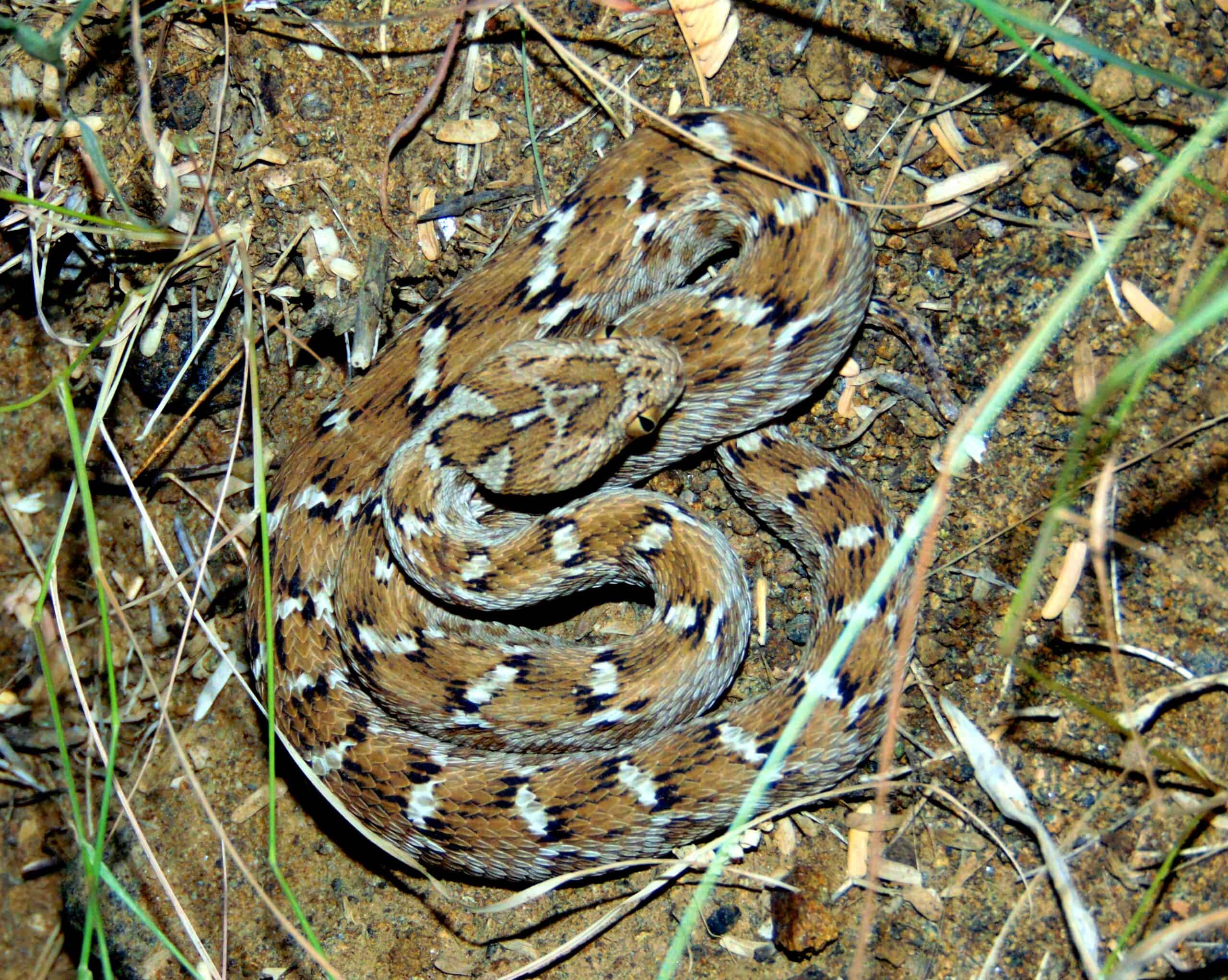Share this article
Beaver Dams Control Nitrogen Flow in Northeastern Rivers
Beavers may be providing watersheds a service by removing some of the agricultural nitrogen runoff in northeast rivers.
“There’s a huge concern about the amount of nutrients of our lands that get into coastal waters,” said Arthur Gold, a professor and chair of the Department of Natural Resources Science at the University of Rhode Island and coauthor of a study published recently in the Journal of Environmental Quality.

A beaver dam on a pond along the Chipuxet River in Washington County, R.I. Image Credit: Julia G. Lazar
Some of these problems include toxic algae blooms that are affecting marine life in coastal areas as well as in the Great Lakes and other areas. Other concerns have been raised about the effect of excess nitrogen in Dungeness crabs (Metacarcinus magister), Gold said — “It’s a big problem.”
Other ongoing research has examined how beavers may be used to landscape watersheds and restore ecosystems important for a number of other species.
Now this study shows that while agricultural runoff pumps nitrogen into watersheds, beavers returning to some parts of Rhode Island in larger numbers may be helping restore balance in the makeup of these watersheds.
Beaver dams turn free-flowing water into ponds, which results in more sediment being trapped. Vegetation starts to increase in these areas due to a larger storage of nutrients.
“As we looked at the sediment or the soil of the beaver ponds, we realized there’s a lot of organic soil that’s accumulating,” Gold said. “There’s this riot of plant life.”
The researchers wanted to see whether these beaver ponds have an effect on nitrogen levels in the water, and conducted an experiment in which they added isotopically enriched nitrogen into an aquarium with ecosystems similar to those of a beaver dam.
“We could see that the gasses that were coming out of the pond actually had this nitrogen in it,” Gold said. “Nitrate that normally would be moving down the streams has been intercepted from the pond and has been removed and is back up in the atmosphere.”

Researcher Julia Lazar holds a recently collected subaqueous soil core along Roaring Brook in Washington County, R.I. Image Credit: Richard A. McKinney
He said this is good news, because it meant that through natural processes, the beaver ponds were not just capturing the nitrates, but also removing them from the system.
They compared the rates at which nitrogen was being removed from the aquariums with the estimated density of beaver ponds in a square mile in southern New England, and estimated the beavers were contributing to the removal of 5 to 45 percent of the nitrogen from the study area.
“We were surprised at how high the rates were.”
Lead author Julia Lazar, who conducted the research as part of her doctoral dissertation, said that many beaver dams are showing up in smaller streams rather than on big rivers, which could hurt beaver numbers since the streams are typically the first to be developed.
“So, it may be important to keep these areas from being developed so they can have effects on nitrogen levels downstream.”
Header Image: Image Credit: David Smith, licensed by cc 2.0








